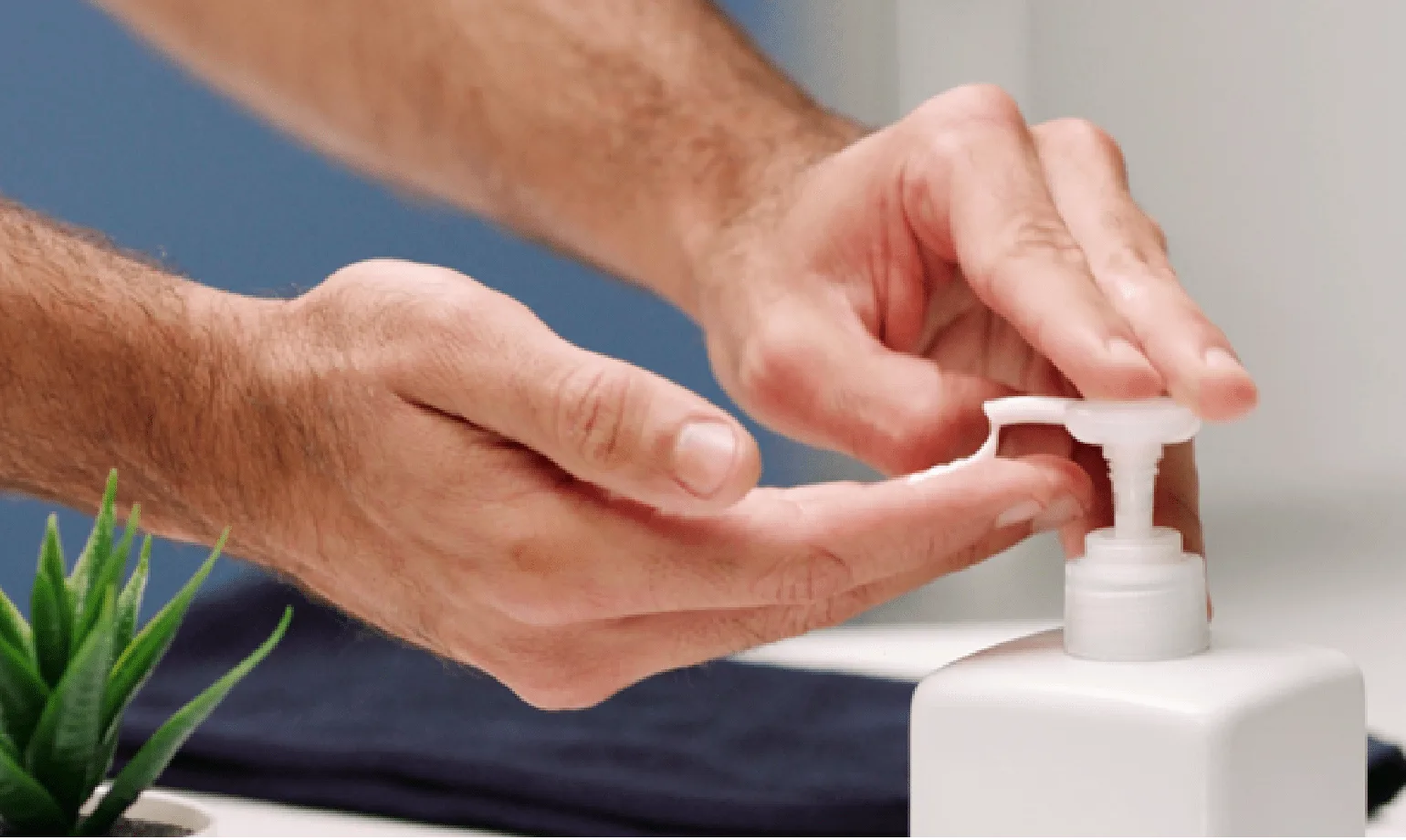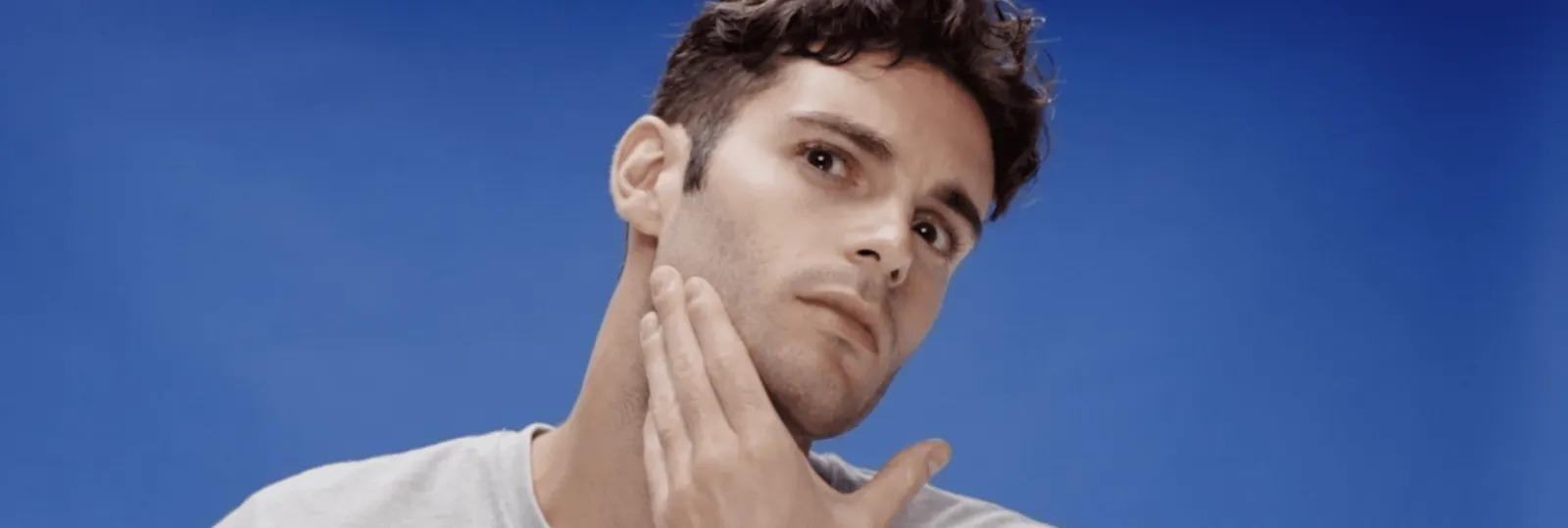How to Prevent and Remove Ingrown Hairs
A guide for removing ingrown hairs
Warm it up
Run a cloth or paper towel under some warm water and press it on the bumpy area.
Pull the hair
At this point, you should be able to see the hair at the surface of the skin. Use a clean pair of tweezers to gently pull the ingrown hair. Don’t dig into your skin or try to completely pluck out the hair—simply guide the hair out of the bump.
Wash your skin
Lightly wash your face and make sure the area around the ingrown hair is nice and clean.
Use a topical cream
To help with healing and reduce redness, try a cream like Hydrocortisone or retinol. Talk to a pharmacist for advice or call your doctor if you have specific questions or concerns.
While there are other ways to treat ingrown hairs, the best approach is to stop them from happening in the first place. A few smart steps before, during, and after your shave can help protect your face from those pesky bumps.
Your shave prep routine

Exfoliate
Shave with the grain
Another tip: Go easy on your skin, and don’t press too hard on your face when shaving. Let your razor do all the work and protect your skin even more by using the SkinGuard Sensitive Razor.

Use fresh blades
Moisturize after shaving

Was this article helpful?


